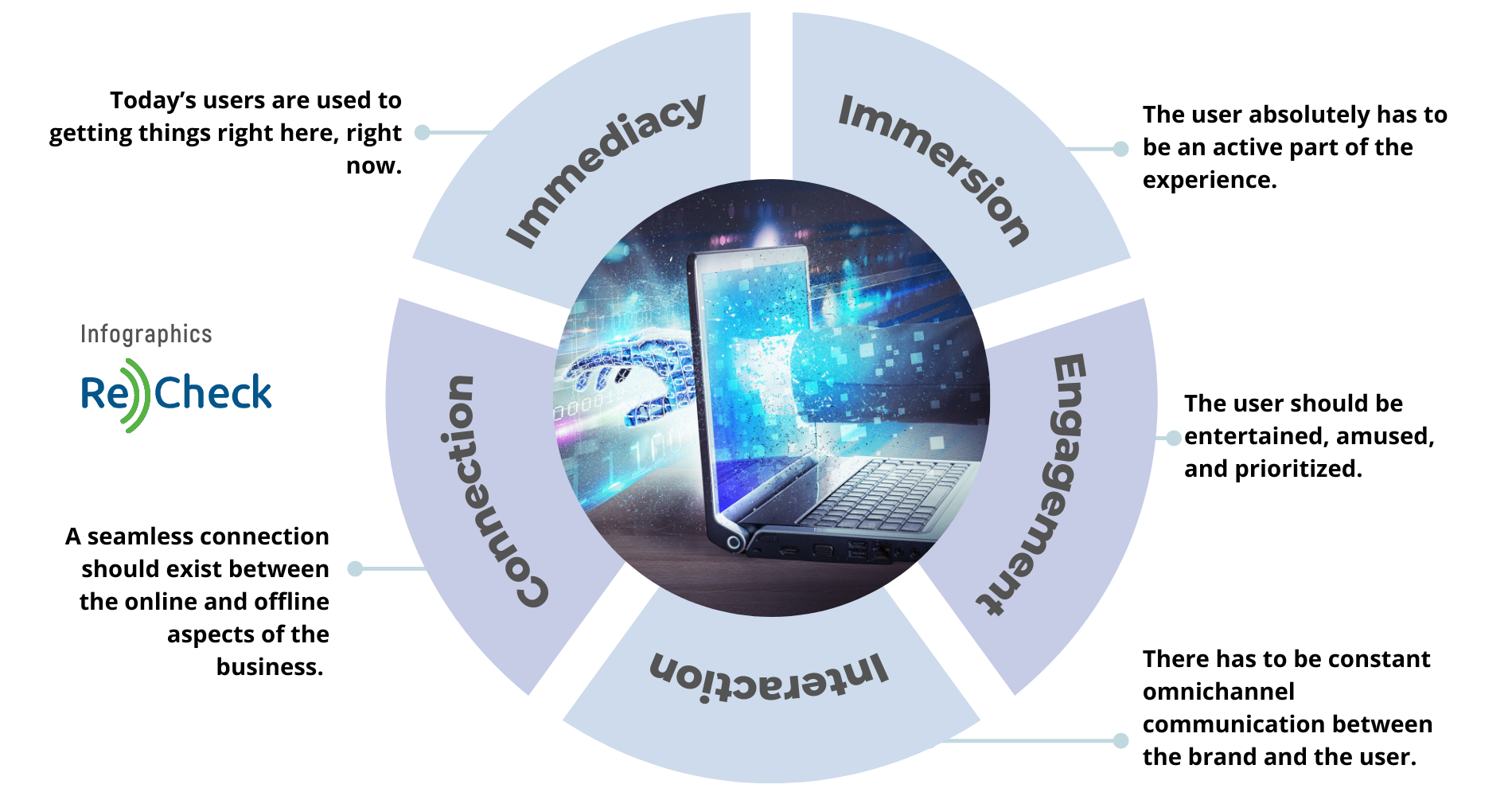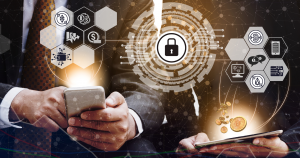Phygital NFT: Crafting a Trusted, Immersive, and Connected Experience
Phygital is a word we all have been hearing quite a lot these days, but do we fully understand the concept of it and how it works? In fact, the term “phygital” has been around for quite a while, ever since an Australian agency called Momentum coined it back in 2013.
Linguistically, it simply combines the words “physical” and “digital” to signify the growing unification between the two types of experience. After all – to use another term that has gained motion recently – we are bound to experience the Metaverse (the 3D virtual world). In other words, the physical and digital realms have melted into each other, creating the type of life, where it will be increasingly difficult to inhabit them separately.
So, What Is a Phygital NFT?
One of the most important aspects of phygital – besides completely redefining user experience – is the creation of an entirely new economy based on trust and transparency. Trust in a traditional economy, as we have known it until recently, has always been a major issue. Most, if not all, of us have come across fake goods, inauthentic experiences, or fraudulent services. From movie-like art forgeries to fashion brand fakes, trust in the separate worlds of the physical and the digital is broken every day.
However, phygital NFTs (non-fungible tokens) are here to change all this.
In a phygital economy, every physical object is connected to the blockchain allowing for completely trusted, transparent, and traceable interactions. This is possible thanks to the fact that blockchain is a decentralized technology, which eliminates the single point of failure factor, thus making NFTs entirely tamper-resistant.
What does non-fungible exactly mean?
In essence, a non-fungible token (NFT) is an asset that is unique and irreplaceable. For example, cryptocurrencies like Bitcoin, Ethereum, and the like are fungible tokens. It means they can be exchanged for one another, which is not the case with non-fungible tokens.
Non-fungible tokens can be traded. Yet, when you try to trade one non-fungible token for another, you will end up obtaining something entirely different in your possession. Also, NFTs differ from blockchain cryptocurrencies in that they are uniquely identifiable.
How do NFTs work exactly?
For the most part, NFTs are supported by public blockchain networks like Ethereum. You can look at an NFT as a piece of software code (smart contracts) that points to an asset (physical or digital) represented by the token. The details about the asset (provenance, description, links to platforms where data is stored, etc.) are managed by NFT metadata. The smart contracts governing the NFTs enable ownership rights and control over the uniquely identified resources and assets. The user interface for managing and trading NFTs is implemented via crypto wallets like MetaMask.
How Is the Phygital World Currently Evolving?
Although the Covid-19 pandemic boosted the synergy between physical and digital, phygital had been around way before 2020. Thanks to the rapid expansion of the Internet, the boom in mobile technology, and the ever-growing affordability of all types of devices, our consumer experience has been rapidly changing in the past couple of decades.
Naturally, businesses have been looking for ways to devise new experiences and address the changing needs and attitudes of their clients. For example, many remember the digital stations that some of the leading fast-food companies across the world installed in their restaurants to speed up client service and avoid overcrowding way before the pandemic.
In fact, the competition to marry the traditional physical purchasing habits of people to the expanding digital technologies has been severe. A tremendous number of businesses that have failed to respond adequately to their customers’ needs have perished.
The same danger lurks behind those who are still looking at the physical and digital as two separate realities. We are no longer living in the age of Web 2.0, where customers simply visit a website to buy stuff online. Web 3.0 is here to introduce a radically different ecosystem driven by the unification of the physical and digital realm and the unique experiences it provides. Therefore, it requires a fundamentally new approach.
What are the basics of the phygital experience?
There are many definitions of what constitutes a proper phygital experience, but for the sake of convenience, we will break it down into a few points:
- Immediacy: Today’s users are used to getting things right here, right now.
- Immersion: The user absolutely has to be an active part of the experience.
- Engagement: The user should be entertained, amused, and prioritized.
- Interaction: There has to be constant omnichannel communication between the brand and the user.
- Connection: A seamless connection should exist between the online and offline aspects of the business.

What Businesses Can Go Phygital?
Truth is, every business not only could but absolutely should go phygital. Some industries like real estate, banking, and the automotive sector have been great in harnessing the power of the new reality. They have created personalized, immersive ecosystems, where user experience is non-consecutive. It rather fluctuates between the different environments in search of convenience, immediate gratification, and genuine involvement.
Users have been able to walk around their dream homes, drive their desired cars, and bank online for a long time now. However, we cannot help but admit that Covid-19 speeded things up and opened the doors to phygital to many businesses that might have otherwise arrived rather late to the party.
Explore Community-Created and Curated NFTs Inspired by and Bonded with Antiques.
One such example is the retail sector. Now, we have been able to buy items online for a long, long time. However, the attempts to make physical stores safer and avoid overcrowding, many popular retailers launched live shopping streams. These allow customers to walk the isles at their famous stores and feel like they are trying the products from the comfort of their device.

Fashion is another sector that has been generously tapping into the phygital NFT aspect of the Metaverse. Luxury brands like Gucci are embracing the new reality, and at the beginning of December 2021, NFT Runway launched a first-of-its-kind virtual fashion event that introduced designer brands into the Metaverse as NFTs.
The modern art world has also been quick to adopt phygital. In a fast-paced world, where inspiration and inventiveness are booming, and so are plagiarism and intellectual misappropriation, NFTs allow creatives to embrace a trusted approach to protect their work. At the same time, phygital gives them the chance to sell their art more easily and to reach new and greater audiences.
What Does the Future Hold?
While some critics might argue that phygital will die off with the end of the global pandemic, such theories are short-sighted. Indeed, the world has largely missed purely physical experiences like visiting places and venues, being out socializing, and so on. However, the digital realm had penetrated our lives to a tremendous extent way before the pandemic, and it will continue to do so in the future.
How we experience things and the world around us has dramatically shifted to a hybrid reality, where the physical and digital aspects can no longer be unraveled. The ways in which we rest, eat, interact, and go about our everyday lives have changed. Therefore, NFT digital twins to physical products, virtual catwalks, and interactive home tours are just the tip of the phygital iceberg.






